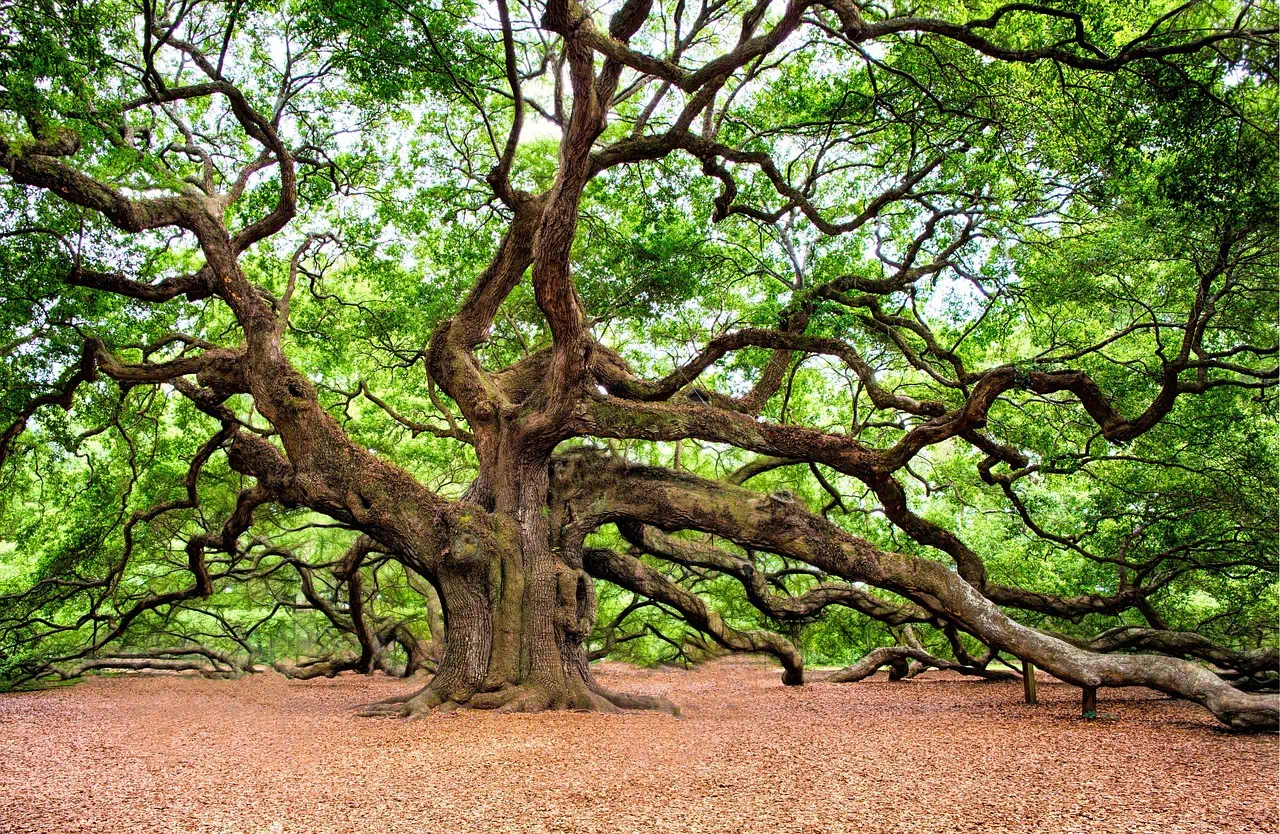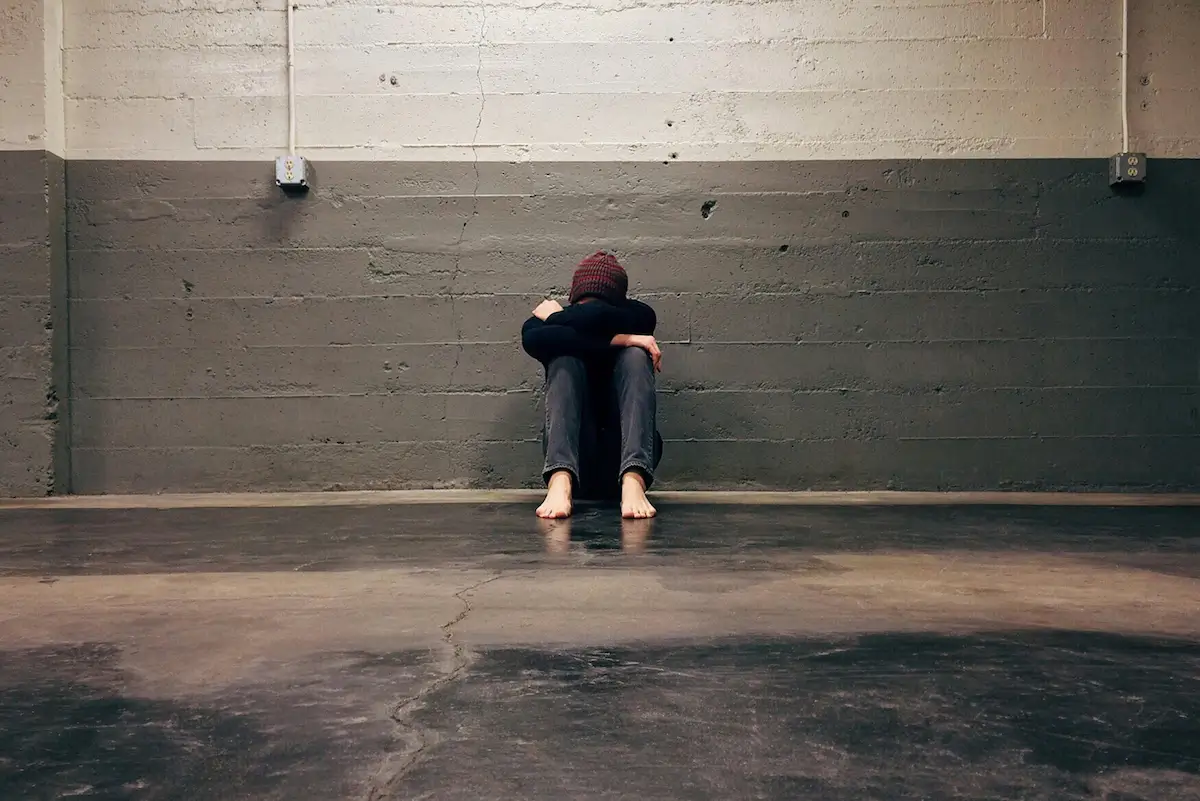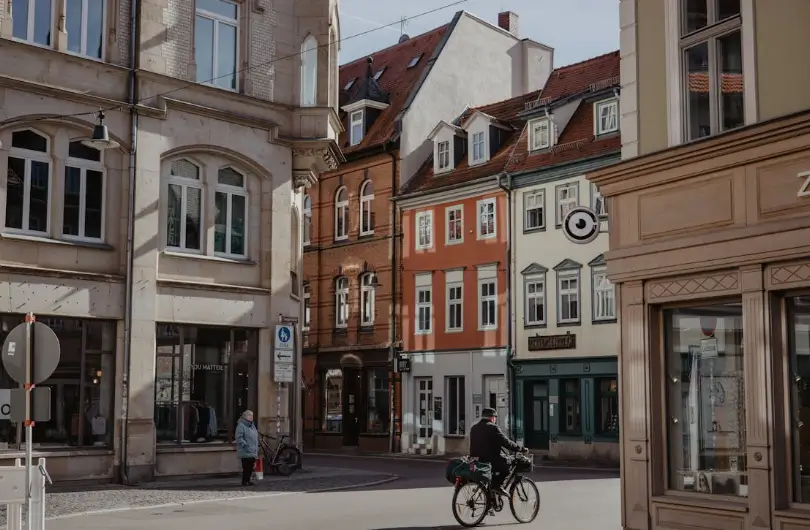Why Do Developments Hate Trees?
So why does modern land development so often come at the expense of tree preservation? It’s a fair question. Especially when the sight of a new development includes the heartbreaking image of a 100-year-old oak in pieces, splayed out on the ground like a broken memory. You don’t have to be a tree lover to feel something when that kind of history is reduced to mulch. You look around the brand new development in town only to find concrete, mulch, and sad, stick-like saplings scattered around the site. And you can't help but wonder: what happened to the trees? Why does it feel like every new development wipes away the very things that made the place feel grounded, shaded, and alive?
The short answer: trees are complicated. The long answer: trees are complicated...with more adjectives. Let’s talk about it.
Trees Cost Money (Up Front)
Mature trees take space and care. They have deep root systems that extend far beyond what you see above ground, and their protection zones (the area around a tree that must be kept undisturbed to protect its roots and overall health) can overlap with building footprints, driveways, and utility corridors. Preserving a mature tree often requires fencing off its root zone entirely during construction, which can limit access for heavy machinery or staging areas. If a single tree sits in the middle of a proposed home site or lot layout, it may mean redrawing the entire subdivision just to accommodate it. Developers work under tight timelines and budgets, and preserving a 100-year-old oak means rerouting utility lines, reshaping lots, and adjusting construction plans. That’s time, risk, and money.
Planting new trees is cheaper and more predictable. So the big ones get cleared, the lots get leveled, and the landscaping gets penciled in last, if at all.
Now, you could argue that the benefits of preserving a mature tree outweigh the cost, and you'd be right. Mature trees offer measurable value, particularly in addressing urban tree canopy loss and the environmental impact of development. For example, they reduce stormwater runoff, improve air quality, provide natural cooling that can lower energy bills, and even increase property values. A healthy canopy adds character and identity to a neighborhood in ways that fresh sod and a few baby trees never will.
But from a developer’s perspective, those benefits are long-term and mostly external. They may improve the neighborhood or increase a city’s resilience to heat and flooding, but they don’t speed up construction, help secure financing, or maximize how many homes can fit on a site. What they do see is the cost of preserving trees: delays in grading, limited staging areas, tighter utility layouts, and fewer buildable lots. Even if the resulting development produces in a better and more sustainable product, the benefits often land far beyond the developer’s bottom line. In a system where success is measured in short term return on investments, mature trees are viewed less as assets and more as friction. And when you're juggling investors, permitting deadlines, and the realities of site engineering, friction gets cut first.
Regulations Don’t Always Help
In some places, tree preservation is encouraged or even required, typically through local land development codes or tree ordinances. These rules might require developers to retain a certain number of existing trees per acre, maintain a minimum tree canopy coverage, or pay into a mitigation fund if trees are removed — policies that often attempt to balance urban planning and trees within the framework of development. Some municipalities go further, assigning point systems to tree species, age, or size, and requiring developers to meet a specific score by preserving high-value trees. However, enforcement often depends on limited staffing or occurs late in the permitting process, when site plans are already finalized and difficult to change. In many others, it’s vague or poorly enforced. A developer might get more credit for planting ten 1-inch saplings than for preserving one healthy shade tree. The rules often reward quantity, not quality, and that shapes what gets built.
We Can Do Better
Developments don’t actually hate trees. But they do follow incentives, and right now, those incentives rarely align with long-term ecological or community health. It's the classic saying: "don't hate the player, hate the game." Developers are responding to the systems we've built, systems that reward speed over stewardship, predictability over preservation, and rarely consider the long-term environmental impact of development.
To change that, cities can revise their codes to prioritize tree preservation over replacement. This can happen by offering incentives for creative site design and requiring more robust tree protection during construction. Planners and designers can push for smarter layouts that integrate trees instead of clearing them. It's a worthwhile effort. Especially when you realize that saving a tree is saving shade, stormwater benefits, wildlife habitat, and the very soul of a place. But until we do that, expect more saplings, fewer giants, and a whole lot of mulch where memory used to live.
Up next - Development Review: What Planners Wish People Would Know.
%20(1200%20x%20237%20px)%20(300%20x%2059%20px).webp)


.webp)


